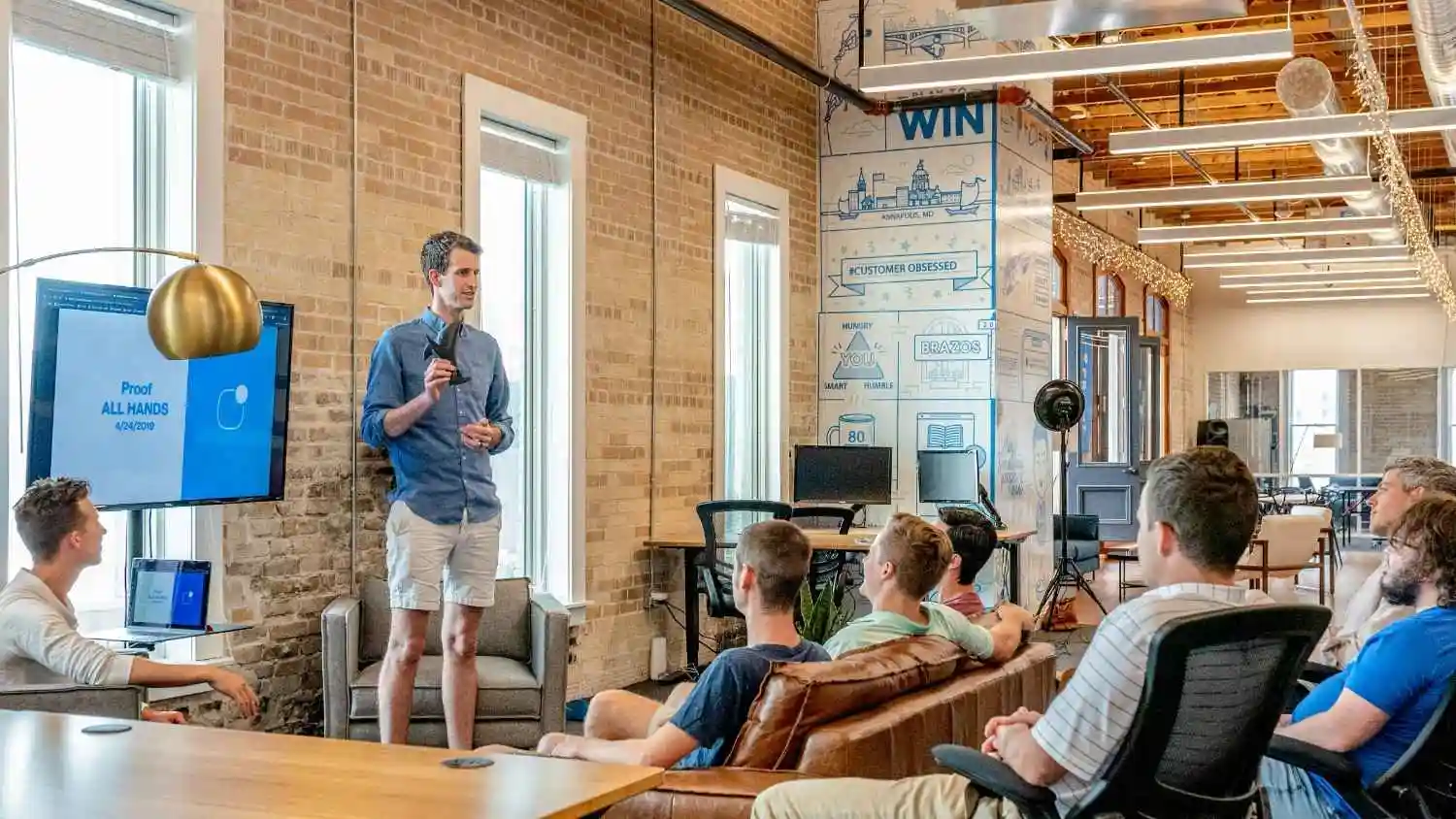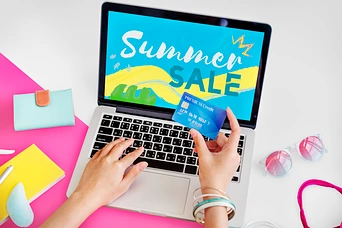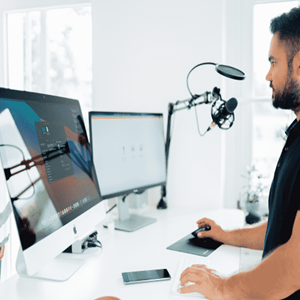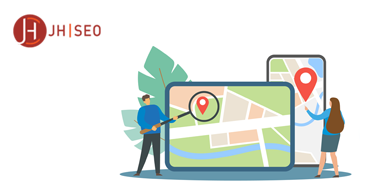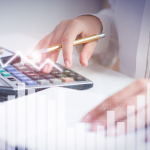Google is consistently updating its algorithm to ensure it meets its user’s needs and serves up the most relevant and secure pages for visitors. This approach makes it become the number one search engine in the world.
Today, the way we do SEO is different from 10 years ago. Over the last decade, every major update by Google has had an impact on best practices for SEO.
Well, SEO is vital to ensure you rank high enough on the search engine result page (SERP). To keep your space, you need to keep up with these Google algorithm updates.
If your content doesn’t keep up with them, you risk losing your space on the SERP as well as potential visitors, and customers.
What is the Google algorithm?
Google’s algorithm is a complex system that is constantly evolving. Google uses a number of factors to determine which results to show for a given query. These factors include things like the location of the user, the history of their searches, and the content of the websites.
Google also takes into account the authority of websites, as well as factors like how many other websites are linking to them. All of these factors are constantly being weighted and re-weighted by Google in order to deliver the most relevant results to users.
While Google’s algorithm is always changing, its goal remains the same: to provide users with the most relevant and useful results for their queries.
Major Algorithm Updates
1. Google Panda
Release date: February 23, 2011
Google Panda is a Google algorithm that was first introduced in 2011. The purpose of the algorithm is to penalize websites that have low-quality content.
Google Panda is updated periodically, and the most recent update was in July 2015. Google Panda has had a significant impact on the SEO industry, and many website owners have had to adapt their content strategy in order to avoid being penalized.
Despite the challenges, Google Panda has overall been a positive change for the SEO industry, as it has forced website owners to focus on producing high-quality content.
2. Venice (2012)
Release date: February 27, 2012
In 2012, Google released an algorithm update called Venice. The update was designed to improve the ranking of local results in Google’s search engine. The update included a number of changes, such as the inclusion of implied locations and the use of Google+ pages as a ranking signal. Google also began to show results from a user’s current location, even if they had not explicitly stated it in their search query. The Venice update was a significant change for Google, and it had a major impact on local search results.
3. Penguin (2012)
Release date: April 24, 2012
Google Penguin was an update that targeted websites that were violating Google’s Webmaster Guidelines by engaging in black-hat SEO practices such as keyword stuffing, link farms, and other manipulative linking schemes.
This update had a significant impact on many websites, with some sites seeing a drop in traffic of up to 80%. Google Penguin was initially rolled out as a filter for search engine results, but in September 2016, it was added to Google’s core algorithm.
4. Pirate (2012)
Release date: August 10, 2012
Google Pirate was an update that targeted websites that were engaged in copyright infringement. Websites that were affected by this update saw a significant drop in their search traffic. Google Pirate was initially rolled out as a filter for search engine results, but in October 2014, it was added to Google’s core algorithm.
5. Hummingbird (2013)
Release date: August 20, 2013
Google Hummingbird was a major update to Google’s algorithm that focused on understanding the user’s intent behind a query. Google Hummingbird placed more emphasis on natural language processing and semantic search.
This update had a significant impact on the way Google understands queries, and as a result, the way that Google ranks websites.
6. Pigeon (2013)
Release date: July 24, 2014
Google Pigeon was an update to Google’s local search algorithm. Google Pigeon gave more weight to the relevancy of a business listing in relation to the user’s current location. It considers searcher location when displaying results, allowing searchers to treat Google Search and Google Maps the same.
This update also expanded Google’s local search results from seven to ten listings.
7. HTTPS/SSL (2014)
Release date: 2014
Google HTTPS/SSL was an update that rewarded websites that were using SSL encryption by giving them a slight rankings boost. Google HTTPS/SSL was initially rolled out as a filter for search engine results, but in January 2017, it was added to Google’s core algorithm.
8. Mobilegeddon (2015)
Release date: April 2015
Google Mobilegeddon was an update that rewarded websites that were mobile-friendly by giving them a slight rankings boost. Google Mobilegeddon was initially rolled out as a filter for search engine results, but in May 2016, it was added to Google’s core algorithm.
9. RankBrain (2015)
Release date: October 26, 2015
It was a part of Hummingbird. Google RankBrain is an artificial intelligence system that Google uses to interpret and rank search queries. Google RankBrain is constantly learning and evolving, and it is now considered to be one of the most important ranking factors in Google’s algorithm.
10. Possum (2016)
Release date: September 1, 2016
“Possum” is the name given to an unconfirmed but documented update that appeared to most significantly impact Google’s local search algorithm.
Google’s algorithm update Possum applied several changes to its local ranking filter, improving the relevance of search results. This had a positive impact on businesses that were not doing well in organic rankings
11. (Mobile) Speed Update (2018)
Release date: July, 2018
Google announced that starting in July 2018, page speed will be a ranking factor for mobile searches. With the update, Google started to reward websites that were fast and responsive on mobile devices by giving them a slight rankings boost. Google’s (Mobile) Speed Update was initially rolled out as a filter for search engine results, but in July 2018, it was added to Google’s core algorithm.
12. Medic (2018)
Release date: August 1, 2018
Google Medic was an update that targeted websites in the medical and health industry. Google Medic placed more emphasis on expert sources and authoritative content. This update had a significant impact on many websites in the medical and health industry, with some sites seeing a drop in traffic of up to 50%.
13. BERT (2019)
Release date: October, 2019
Google BERT improved Google’s ability to understand the user’s intent behind a query. Google BERT placed more emphasis on natural language processing and semantic search. This update had a significant impact on the way Google understands queries, and as a result, the way that Google ranks websites.
14. Page Experience Update (2021)
Recent Algorithm Updates (2021 – 2022)
May 2022 Core Update
Release date: May 25, 2022
Core updates involve large changes. Google has announced that they will be rolling out a new algorithm update in May 2022. This update, known as the “Core Update,” is designed to improve the quality of search results.
It focuses on “quality signals” such as content, user experience, and authority. The update is also designed to address some of the common complaints about Google’s search results, such as the overdose of low-quality content and the lack of freshness. This update was completed on June 9th.
Product Reviews Update
Release date: Mar 23, 2022
Google announced on March 23rd that they had released an update to their products. The Product Reviews Update went live two days later, and according to Rank Risk Indexes reports a small spike in SERP fluctuations occurred during this time period – however it decreased after its initial appearance the next day (25th).
Desktop Page Experience Update
Release date: Feb 22, 2022
Pages that have a great user experience are highlighted in the latest update to our Desktop Page Experience. This includes pages with mobile-friendliness, intrusive interstitials, and safe browsing as well speed metrics known as Core Web Vitals for fast loading time!
Product Reviews Update
Release date: Dec 1, 2021
Google announced that the Product Review update had begun rolling out on December 1st, and it showed a spike in SERP fluctuations. The index increased high levels of fluctuation until December 7th when they returned to normal again by 8 pm EST (11:00 PM).
The announcement was completed after 21 days due to its large-scale release which took about three weeks for most websites’ algorithms to transition over all aspects including link-building strategies.
November 2021 Local Search Update
Release date: Nov 30, 2021
Local search updates are constantly being made to make the local experience better for users. This included an update that rebalanced some factors like relevance and prominence in order to give a more accurate portrayal of what’s available within your area when you type “local business” or something similar into Google Search! The new balances were implemented on December 8th.
November 2021 Core Update
Release date: Nov 17, 2021
Google announced on November 17th that they were to release the November Core Update that day. On the 18th Rank Risk Index reported a spike in SERP fluctuations both mobile and desktop, with normal levels restored by the next morning. This update was completed by the 30th of the same month.
November 2021 Spam Update
Release date: Nov 3, 2021
We all know how it feels when we get spammed with messages that our inboxes are not ready for. That’s why this update was completed on November 11th- the end of September.
This means you can rest assured knowing your site will never again be targeted by those ads causing unwanted clutter in an already stressful situation, which could lead users away from clicking through.
Page Title Rewrites
Release date: Aug 16, 2021
Google has been rewriting titles for pages in the SERP, and each page now has one title. Before this changeover from the old style to a new way of doing things most had different titles depending on what keyword they were optimized towards but not anymore.
July 2021 Link Spam Update
Spam Update Part 2
Release date: Jun 28, 2021
The second part of Google’s spam update was released on June 28th. It took only one day for this new software to go live and start cleaning up the web!
Spam Update
Release date: Jun 23, 2021
This update is designed to target spammy links and sites that Google believes are violating its guidelines.
Page Experience Update
Release date: Jun 15, 2021
On June 15, Google announced its Page Experience Update. This update is designed to help Google better understand how users interact with websites, and to ultimately improve the search experience for users.
Protecting People From Harassment Update
Release date: Jun 10, 2021
Google has announced an update to its algorithm that will help to protect people from online harassment.
The update, which is based on feedback from users and experts, is designed to make it easier for Google to identify and remove content that violates its policies on harassment and abuse. In addition, the update penalizes sites that host this type of content.
June 2021 Core Update
Release date: Jun 2, 2021
Google released its June 2021 Core Update on June 2, 2021. Google updates its algorithms on a regular basis to ensure that users are getting the most relevant and accurate results for their queries.
Product Reviews Update
Release date: Apr 8, 2021
Google has announced that Product Review Update will launch on April 8th, 2021. The update is designed to improve the quality of product review content on the web affecting both Google Search and Google Shopping. This update has an impact on how Google ranks product review content in search results.
Passage Ranking Update
Release date: Feb 10, 2021
Passage Ranking Update, announced in February 2021, is designed to improve the ranking of passages from websites. Google has stated that the update will help users finds the “right information faster,” and that it will primarily affect searches that are looking for specific facts or details.






